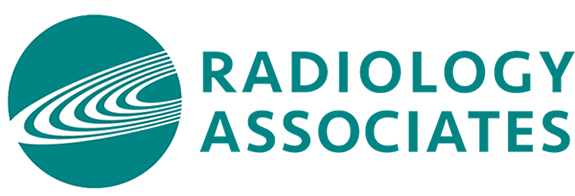Scott D. Klioze, MD
Vascular and Interventional Radiology uses advanced image guidance to treat an array of vascular and nonvascular diseases without the risk, complication and lengthy recovery time associated with open surgery. To find out what led him to this field, we spoke to Vascular and Interventional Radiologist, Dr. Scott D. Klioze.
Q: What inspired you to go into Radiology?
I always loved medicine. I had an undergraduate degree in electrical engineering, and radiology is very physics-intensive so it seemed like a natural fit!
Q: What do you find most challenging in this field for you, specifically today?
The commoditization of medicine in general. I am worried about the depersonalization of healthcare, and I am working to reverse that to every extent that I can.
Q: Are there new technologies you are using now or see on the horizon that you find especially fascinating or exciting?
Catheter directed embolectomy. This interventional treatment is already revolutionizing stroke therapy, and it’s only going to get better going forward. AI is also cool, as it’s going to continue to enhance the speed and clarity of imaging technologies.
Q: What are you hoping to see in the future of the industry?
I want to see a strong emphasis on quality care. By that I mean real quality, not the artificial metrics established by CMS and the insurance industry. Quality as assessed by referring physicians and the patients themselves.
Q: What funny or odd question do you often get from patients?
When I tell patients that I’m a radiologist, they’ll often ask, “Do you take x-rays?” I usually tell them, “I’m not smart enough to do that. We have highly trained technologists who understand all the physics and take the pictures for us. We interpret the films.” They usually respond, “I thought the doctor reads the films.”
Q: Is there is anything else you would like to share about your experience in this field?
Radiology is the best field in medicine! Since we interact with various subspecialties, we get to learn a little bit about many different fields of medicine. As an interventionist, I also get to directly care for patients. I love that aspect of it, since many radiologists don’t get the privilege.

